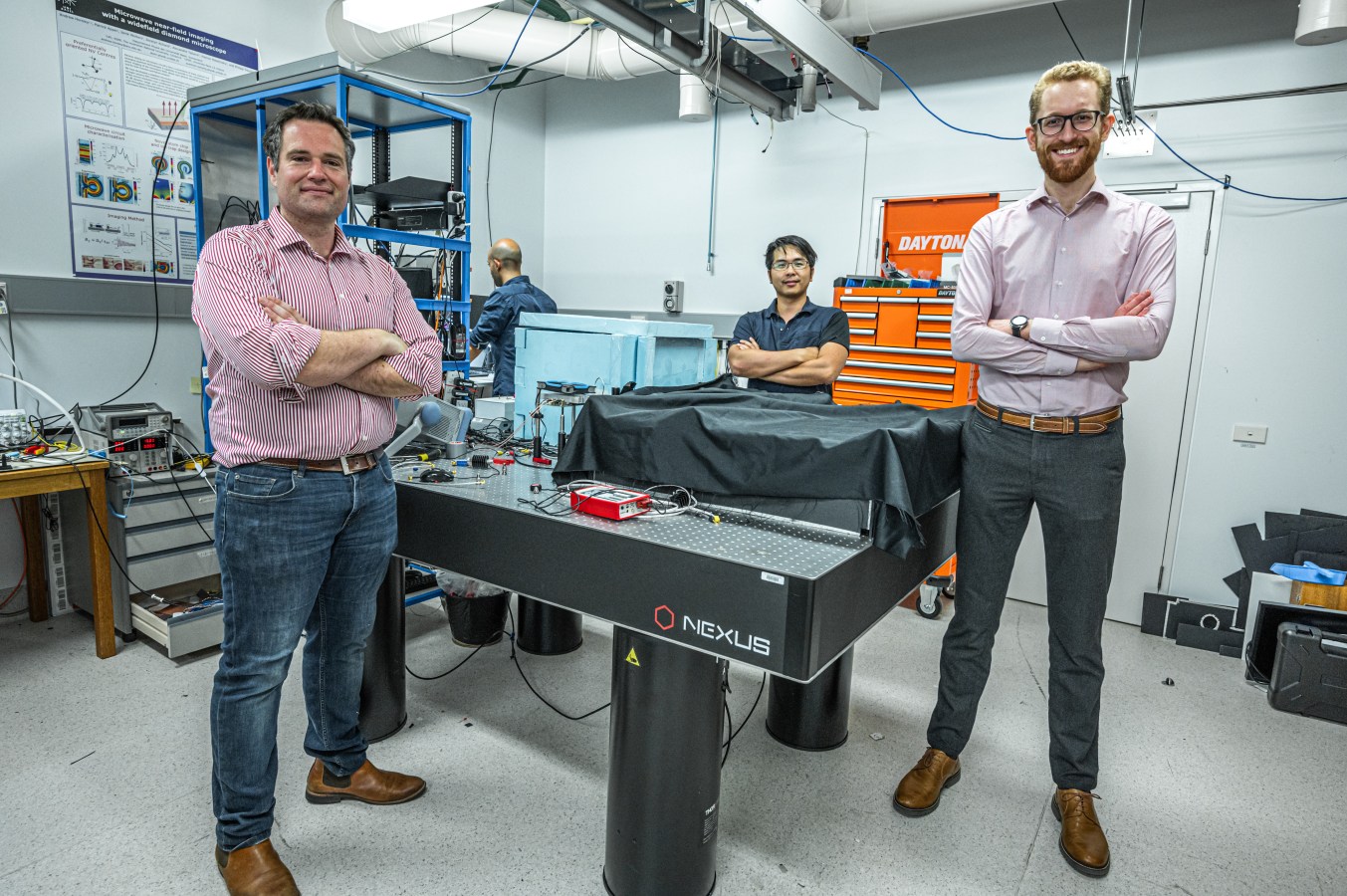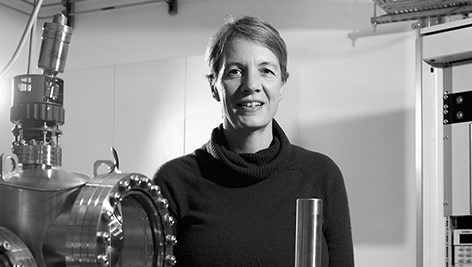Quantum technology is on the tip of everyone’s tongue. Excitement is fast building amongst investors, organisations, and governments over the prospect of realising its applications for industries including finance, defence and health.

While television and movies may have brought the quantum field into mainstream conversation, Australia’s long-standing reputation as a global leader in quantum research has been drawing overseas researchers to our shores for over 25 years. Unfortunately, we also have a reputation for our poor track record in research commercialisation.
Long before we invented WiFi, Australia was one of the earliest nations to invest in building a new wave of electronic computers. The US got ahead of us and built a tech sector worth well over USD$10 trillion. Today, Silicon Valley has become a byword for innovation while Australia ranks towards the bottom of the OECD for translation of science and the associated value capture.
Now, we have reached a fork in the road.
The government and private sector are discussing the future of Australia’s quantum opportunity and how policy might be able to deliver it. As we are presented with perhaps the greatest single industrial opportunity of our generation — and a chance at redemption for historic commercialisation failures — how can we come together to seize the opportunity before us?
Quantum matters. Really.
People hear quantum and they think of futuristic films and convoluted scientific scenarios when in reality, everyday technologies from LEDs to GPS and MRIs depend on an understanding of quantum mechanical effects. Still, the quantum conversation is often muddied by technicalities and jargon.
At its simplest, quantum technology uses the laws of quantum mechanics to create new and powerful technologies. These unique properties enable faster calculations, unparalleled precision in measurements, and unbreakable encryption.
Already, quantum sensing has the potential to significantly enhance the efficacy of medical diagnostic imaging at a lower cost than existing imaging devices, allowing for earlier, more accurate diagnosis of disease. With Australian companies like Q-CTRL, Quantum Brilliance and QuintessenceLabs establishing themselves as market leaders, other tangible applications are emerging in various fields.
These technologies have the potential to revolutionise existing industries and birth entirely new ones. This makes for an exciting and rapidly evolving field that will attract significant investment and drive innovation for years to come.
It is exciting because it is by no means homogenous.
A clarion call to investors
The quantum field is composed of multiple segments including control, sensing, cryptography, communications, acceleration, and software. While they might be the less famous siblings of quantum computing, they all deliver real value and the potential to solve some of humanity’s most ‘unsolvable’ problems, each with distinct advantages and unique barriers.
From an investor perspective, opportunities for significant return and impact largely lie within quantum information science, cryptography, acceleration, algorithms and sensing. These fields are closer to reality than we think and for those interested, there are a few ways to engage.
- Invest and be curious — The best way to understand the emerging market is to get involved with a quantum technology company. What could you invest in today to start learning? There is a growing community of quantum champions in Australia who are eager and willing to take you on the journey.
- Focus in on the now, for tomorrow — Technologies that will likely have an earlier commercial outcome include quantum sensing and quantum computing technologies. This allows other industries to ‘get ready’ while we wait for the engineering task to deliver quantum advantage.
- Think exponentially — What will become possible when quantum computing becomes a service that businesses can use? It’s not a linear performance increase on classical computers, but whole new use cases for computation. For example, what becomes possible when we can simulate the behaviour of a protein or a financial system?
Australia’s opportunity for redemption
From Q-CTRL’s recent total Series B raise of over AUD$77 million to Quantum Brilliance’s AUD$25.8 million raise, Australian quantum companies are successfully spinning out our world-leading quantum research and shaping the global quantum industry in one.
Forecast to reach AUD$6 billion and generate over 19,000 jobs in Australia by 2045, it is time to pull quantum technology into sharp focus or we risk the opportunity slipping through our fingers.
The National Quantum Advisory and the forthcoming National Quantum Strategy suggest the right mechanisms are being installed to ensure we capture this immense economic opportunity and backing a vision for an inclusive, connected, broad-based, and impactful Australian quantum industry is the best way we can ensure the missed opportunities of the previous century are left in the past.
There will be naysayers. There will be technical concerns. There will be risks that not everything will succeed, but we are optimistic and working hard to back those intent on making a dent.
Look back on the week that was with hand-picked articles from Australia and around the world. Sign up to the Forbes Australia newsletter here or become a member here.


